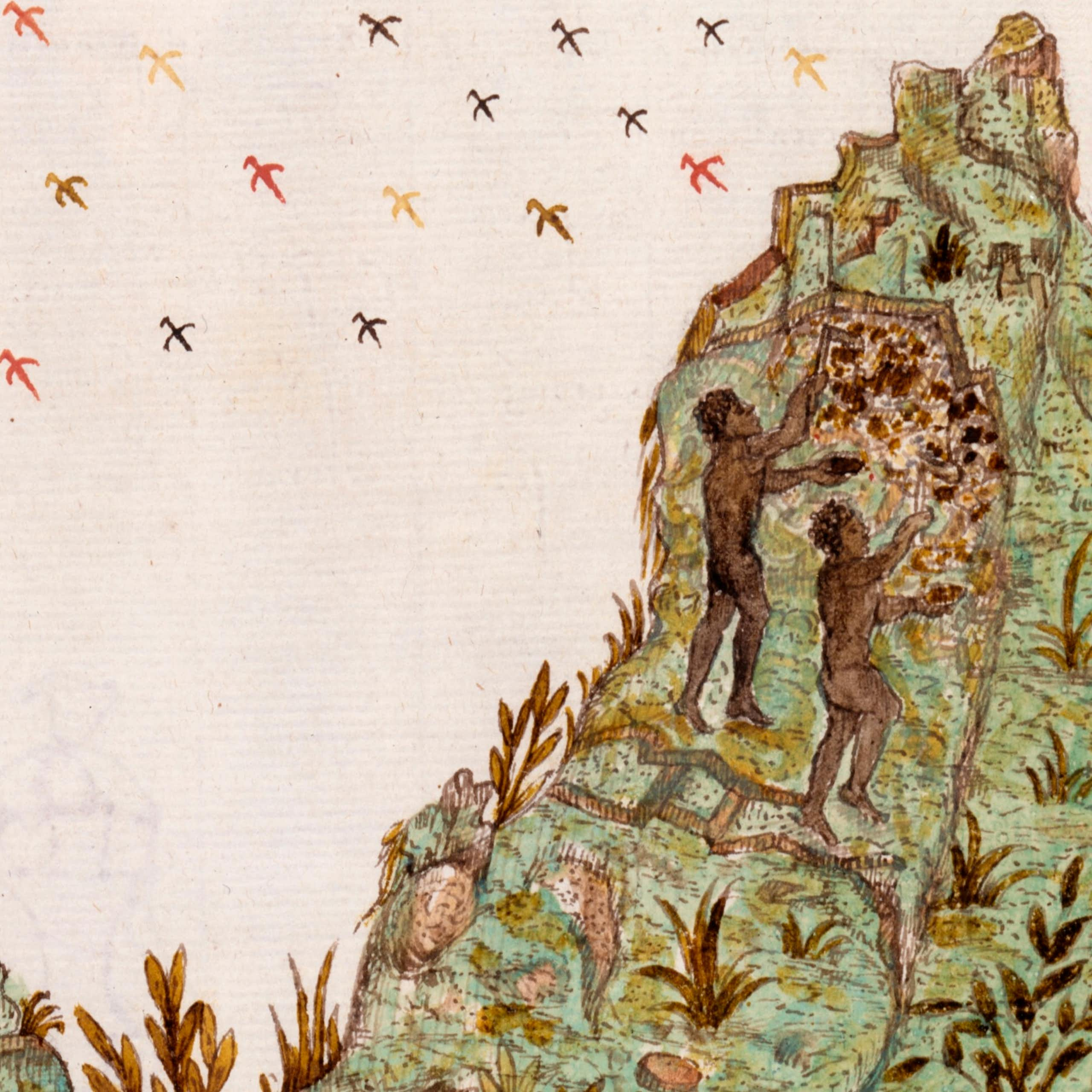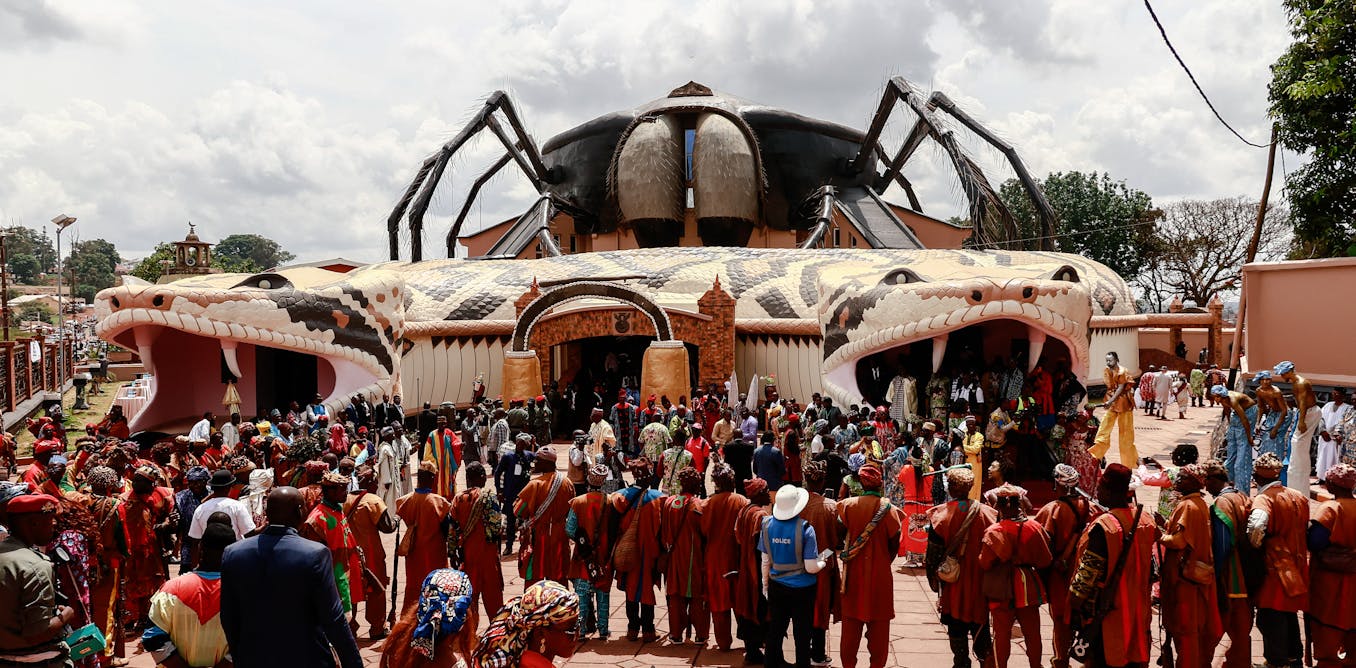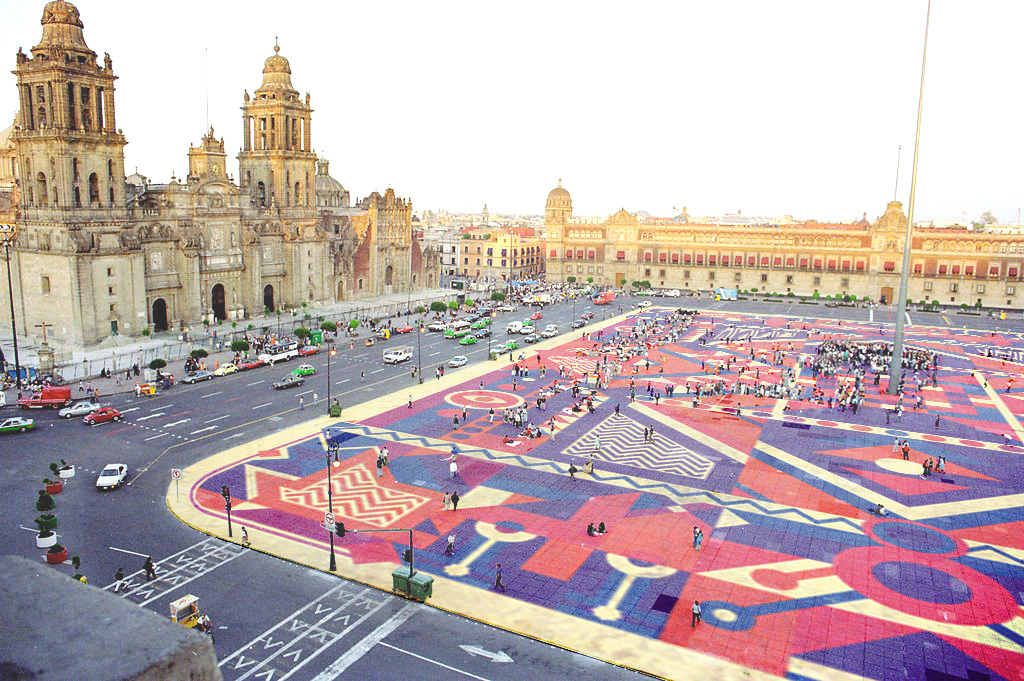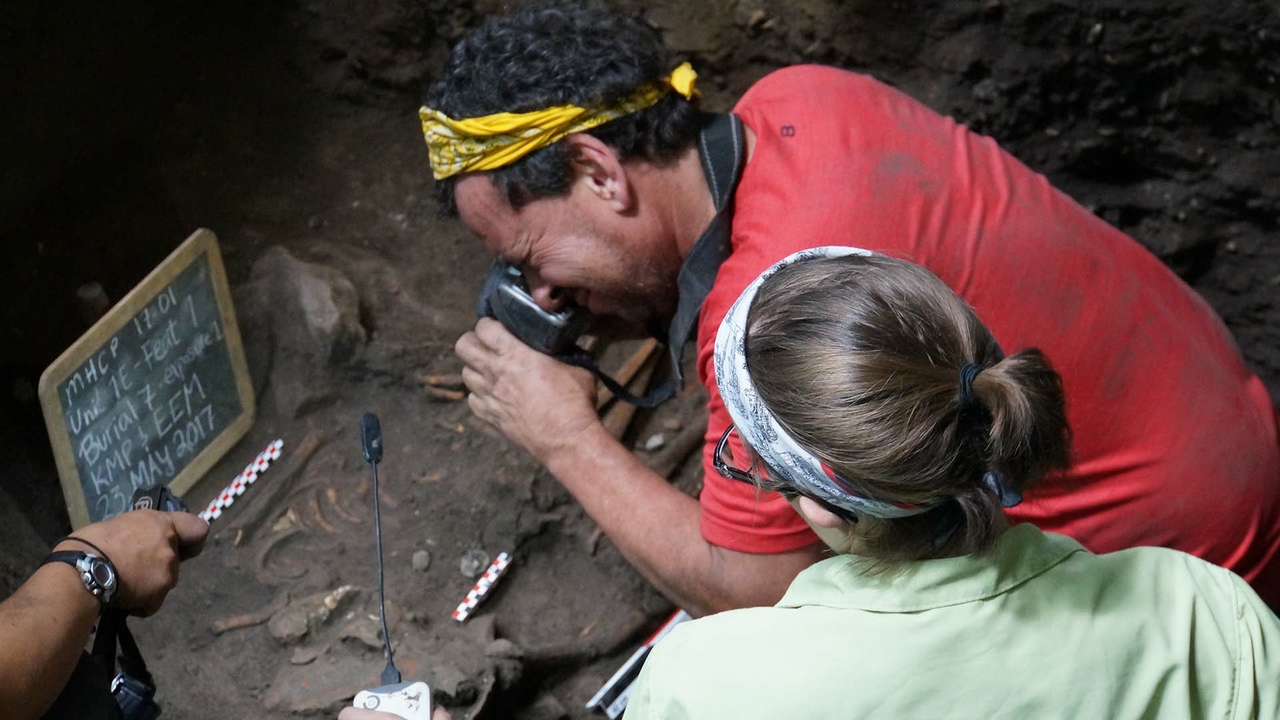The transatlantic slave trade was one of the most devastating and inhumane processes in human history. It is the subject of many studies, but the individual life histories of the arrival and survival of enslaved people in foreign lands remain largely untold. A lawsuit filed against a slaver in 1589 in Antioquia (a province in...
History
Museum of the Bamoun Kings: Ancient Treasures from Cameroon Find a Spectacular New Home
One of the most significant African museum openings of 2024 was the Musée des Rois Bamoun, or Museum of the Bamoun Kings, in Foumban, Cameroon. Housing over 10,000 objects, it offers more than 600 years of history in its display of the treasures of the Bamoun kingdom, one of the oldest in sub-Saharan Africa. The...
How Did Humans and Dogs Become Friends? Connections in the Americas Began 12,000 Years Ago
“Dog is man’s best friend” may be an ancient cliché, but when that friendship began is a longstanding question among scientists. A new study led by a University of Arizona researcher is one step closer to an answer on how Indigenous people in the Americas interacted with early dogs and wolves. The study, published today in the...
Oldest Known Alphabet Unearthed in Ancient Syrian City
What appears to be evidence of the oldest alphabetic writing in human history is etched onto finger-length, clay cylinders excavated from a tomb in Syria by a team of Johns Hopkins University researchers. The writing, which is dated to around 2400 BCE, precedes other known alphabetic scripts by roughly 500 years, upending what archaeologists know...
DNA Evidence Rewrites Histories for People Buried in Volcanic Eruption in Ancient Pompeii
In 79 CE, the active volcanic system in southern Italy known as Somma-Vesuvius erupted, burying the small Roman town of Pompeii and everyone in it. The “Pompeii eruption” covered everything in a layer of ash that preserved many of the bodies. Now, ancient DNA collected from the famed body casts alters the history that’s been...
Cold War Spy Satellite Imagery Reveals Ancient Roman Forts
Two-thousand years ago, forts were constructed by the Roman Empire across the northern Fertile Crescent, spanning from what is now western Syria to northwestern Iraq. In the 1920s, 116 forts were documented in the region by Father Antoine Poidebard, who conducted one of the world’s first aerial surveys using a WWI-era biplane. Poidebard reported that...
Of Speech and Spatial Identity
Style and Polity in conversation with Benjamin A. Bross, an Assistant Professor of architecture and an urban historian at the University of Illinois, at Urbana-Champaign, discusses “Mexico City’s Zócalo: A History of a Constructed Spatial Identity,” San Martin de Hidalgo tequila’s featured title for the brand’s Fall 2022 Tequila Book Club. In his recently published...
Migrants from South Carrying Maize Were Early Maya Ancestors
New research published this week by University of New Mexico archaeologist Keith Prufer shows that a site in Belize was critical in studying the origins of the ancient Maya people and the spread of maize as a staple food. According to the paper South-to-north migration preceded the advent of intensive farming in the Maya region, published...
Ancient Mexican City Endured for Centuries Without Extremes in Wealth and Power
Location, location, location—it’s the first rule of real estate. For a long time, it’s been widely assumed that being close to resources drives settlement patterns, with cities generally founded near water and fertile land for growing crops. But a new paper by a husband-and-wife archaeological team questions that idea, using the example of an ancient...
Why Ukrainian Americans Are Committed to Preserving Ukrainian Culture – and National Sovereignty
As a child, I would wait with anticipation for my parents to return from trips to the Soviet Union. Often they brought gifts like a few loaves of hearty brown bread, or a wheel of briny, homemade cheese. Sometimes they also brought back notebooks, or bits of paper with verses scribbled in Ukrainian. These were...





